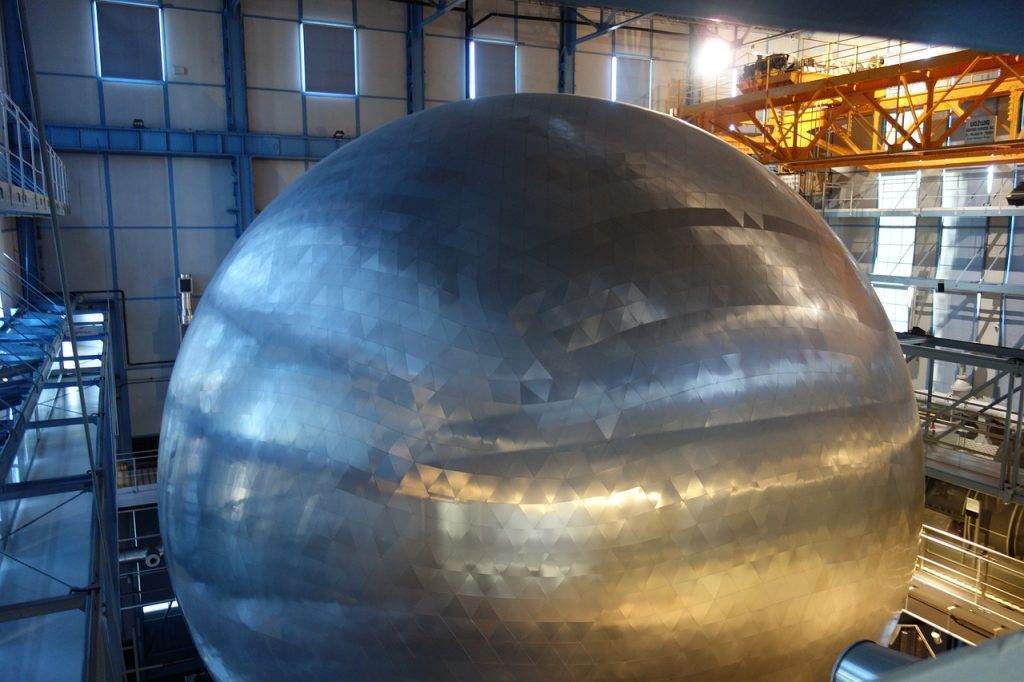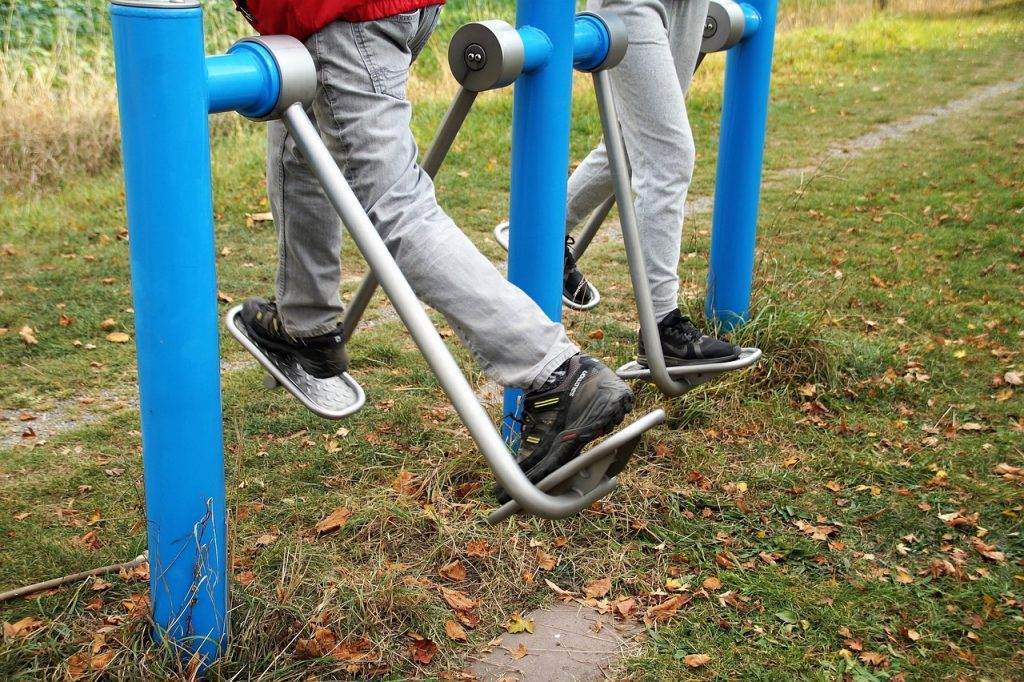Old houses often hold a certain allure and charm that newer builds simply cannot replicate. With their unique architectural details and rich history, it’s no wonder why many people are drawn to the idea of living in an older home. But, a question that frequently arises is whether these time-honored structures stand the test of time better than their modern counterparts. In this article, we will explore the durability of old houses and uncover whether age truly means longevity in the world of real estate.

This image is property of pixabay.com.
Factors influencing the longevity of old houses
Construction materials
The type of construction materials used in old houses greatly affects their longevity. Houses built with high-quality materials such as solid wood, brick, and stone tend to have a longer lifespan compared to houses constructed with cheaper and less durable materials. Wood, for example, is susceptible to rot and decay over time, while brick and stone are more resistant to natural elements.
Construction techniques
The construction techniques employed in old houses also play a significant role in determining their lifespan. Houses that have been built using traditional craftsmanship and techniques, such as mortise and tenon joinery or hand-cut stone masonry, often exhibit a greater structural integrity and durability. These traditional building methods have withstood the test of time and have proven to be more resilient against wear and tear.
Maintenance and repairs
Regular maintenance and timely repairs are crucial in ensuring the longevity of old houses. Neglected maintenance can lead to the deterioration of structural components, such as the roof, walls, and foundation. A proactive approach to maintenance, such as regular inspections, cleaning, and repairs, can help identify potential issues before they escalate into major problems.
Natural disasters and climate
The vulnerability of an old house to natural disasters and the prevailing climate in its location can significantly impact its longevity. Houses situated in areas prone to earthquakes, hurricanes, or extreme weather conditions require extra measures to ensure their resilience. Additionally, houses in regions with high humidity, excessive rainfall, or extreme temperature variations may experience accelerated deterioration if not properly managed and maintained.
Location
The location of an old house also influences its lifespan. Houses in urban areas may face higher exposure to pollution, increased wear and tear due to heavy traffic, and potential encroachment by nearby development. On the other hand, houses in rural or suburban areas may have different challenges, such as exposure to wildlife or lack of municipal services. The characteristics of the location should be considered when determining the expected lifespan of an old house.
Building codes and regulations
The adherence to building codes and regulations during the initial construction of old houses can impact their longevity. Houses built in compliance with rigorous construction standards are more likely to withstand various stresses and last longer. Conversely, houses constructed without proper adherence to building regulations may have compromised structural integrity, making them more susceptible to damage and shorter lifespans.
Previous modifications
The modifications made to an old house throughout its lifespan can either enhance or diminish its longevity. Poorly executed modifications that compromise the integrity and compatibility of the original design and materials may contribute to accelerated deterioration. On the other hand, well-planned and skillfully executed modifications, such as additions or renovations, can extend the lifespan of an old house by improving its functionality and structural stability.
Quality of initial construction
The quality of the initial construction plays a significant role in determining the lifespan of an old house. Houses built with attention to detail, using skilled labor, and high-quality materials are more likely to withstand the test of time. A house with a solid foundation, well-constructed walls, and a robust structural framework will have a higher chance of longevity compared to a house with subpar construction.
Use and occupancy
The way an old house is used and occupied can have an impact on its lifespan. Houses that have been consistently occupied and maintained with care tend to fare better over time than houses that have experienced long periods of neglect or frequent turnover of occupants. Factors such as regular HVAC use, proper ventilation, and appropriate loading of floors and walls can all contribute to the longevity of an old house.
Economic constraints
The financial resources available for maintenance and repairs can greatly influence the lifespan of an old house. Inadequate funding for necessary upkeep may result in deferred maintenance or budgetary limitations when it comes to addressing structural issues. Lack of financial resources can lead to a decline in the overall condition of the house, potentially shortening its lifespan.
Advantages of old houses
Architectural character and craftsmanship
Old houses often showcase unique architectural features and craftsmanship that are highly valued. From intricate woodwork to hand-carved details, these houses possess a level of character and charm that can be challenging to replicate in modern constructions. The craftsmanship of yesteryears exudes a sense of history and artistry, making old houses desirable to many homeowners.
Strong foundation and structural integrity
Old houses, particularly those built with quality materials and craftsmanship, often have a strong foundation and structural integrity. The solid construction and robust foundational elements contribute to the longevity of these houses. The reliable framework provides stability and reduces the likelihood of significant structural issues over time.
Durable materials
Old houses are known for their use of durable materials such as hardwood floors, solid wood doors, and thick walls constructed with brick or stone. These durable materials have stood the test of time and continue to provide strength and longevity to old houses. With proper maintenance, these materials can last for generations, preserving the charm and integrity of the house.
Established neighborhoods and communities
Old houses are often situated in established neighborhoods and communities, which can bring a sense of stability and community connection. The history and longevity of these neighborhoods create a unique atmosphere, fostering a sense of belonging and pride among residents. Living in an old house within an established community can offer a sense of continuity and rootedness that newer developments may lack.
Unique features and history
Old houses often come with a rich history and unique features that captivate homeowners. From historical significance to architectural details specific to a certain period, these houses tell a story and carry a sense of nostalgia. Preserving and maintaining old houses allows future generations to appreciate their unique features and connect with the past.

This image is property of pixabay.com.
Challenges faced by old houses
Outdated infrastructure
Old houses often have outdated infrastructure, including electrical systems, plumbing, and heating and cooling systems. These infrastructure components may not meet modern standards in terms of safety or efficiency. Upgrading and replacing outdated infrastructure can be costly and time-consuming, presenting a challenge for homeowners of old houses.
Security and safety concerns
Older houses may have outdated security systems or lack modern safety features such as fire sprinklers or advanced smoke detectors. Addressing security and safety concerns is essential to ensure the well-being of occupants and protect the property. Retrofitting old houses with modern security and safety systems can be a challenge due to structural limitations and the need for careful integration.
Energy efficiency and sustainability
Old houses may have limited energy efficiency due to outdated insulation, inefficient windows, and outdated HVAC systems. Achieving energy efficiency in old houses often requires significant upgrades and modifications, including adding insulation, replacing windows, and installing energy-efficient appliances. Achieving sustainable practices in old houses can be a challenge, but it is essential for reducing energy consumption and environmental impact.
Cost of maintenance and renovations
Maintaining and renovating old houses can be costly due to the need for specialized expertise, hard-to-find materials, and careful restoration work. The cost of maintaining the original character of an old house while ensuring its functionality and structural integrity can be challenging to balance. Homeowners of old houses must carefully budget and plan for ongoing maintenance and renovations to preserve their property’s longevity.
Limited modern amenities
Old houses may lack modern amenities found in newer constructions, such as spacious closets, open floor plans, or large bathrooms. Adapting old houses to meet the lifestyle demands of modern occupants can require modifications and compromises. Incorporating modern amenities while preserving the historical and architectural integrity of an old house can present a significant challenge for homeowners.
Factors that determine the lifespan of old houses
Age of the house
The age of an old house is a critical factor in determining its lifespan. As houses age, they become more susceptible to deterioration, wear, and tear. The structural components, such as the foundation and framing, may begin to weaken over time. However, it is important to note that well-maintained and properly cared for old houses can have a longer lifespan despite their age.
Level of care and maintenance
The level of care and maintenance given to an old house can significantly impact its lifespan. Regular inspections, proactive maintenance, and prompt repairs can help identify and address issues before they worsen. Neglected maintenance can lead to accelerated deterioration and a shorter lifespan for an old house.
Local climate conditions
The local climate conditions in which an old house is situated can affect its longevity. Extreme weather conditions, high humidity, and heavy rainfall can cause damage to the structure and materials of the house. Understanding and mitigating the effects of the local climate through appropriate construction techniques, maintenance practices, and upgrades can help extend the lifespan of an old house.
Level of craftsmanship and construction
The level of craftsmanship and construction quality determines how well an old house can withstand the test of time. Houses built with attention to detail, skilled labor, and high-quality materials are more likely to have a longer lifespan. The craftsmanship and construction practices employed during the initial construction of an old house contribute to its durability and overall longevity.
Previous modifications and renovations
The modifications and renovations made to an old house throughout its lifespan can impact its longevity. Poorly executed modifications that compromise the original design and structural integrity of the house may contribute to shortened lifespans. Conversely, well-planned and adequately executed renovations and modifications that enhance the functionality and structural stability of the house can extend its lifespan.

This image is property of pixabay.com.
Preserving and extending the lifespan of old houses
Regular maintenance and inspections
Regular maintenance and inspections are crucial in preserving and extending the lifespan of old houses. Conducting routine inspections allows homeowners to identify and address issues before they escalate into major problems. Regular maintenance, including cleaning, painting, and repairs, helps prevent deterioration and prolongs the lifespan of the house.
Addressing structural issues promptly
Promptly addressing structural issues is essential to prevent further damage and maintain the integrity of an old house. Cracks in the foundation, sagging floors, or deteriorating walls should be addressed promptly to prevent worsening conditions. Engaging qualified professionals, such as structural engineers or experienced contractors, can ensure the proper assessment and resolution of structural issues.
Upgrading and modernizing systems
Upgrading and modernizing systems in old houses can improve their functionality, energy efficiency, and overall longevity. This may include replacing outdated electrical wiring, plumbing systems, or HVAC systems. Incorporating energy-efficient appliances, insulation, and weather sealing can help reduce energy consumption and improve the sustainability of old houses.
Conservation and restoration efforts
Conservation and restoration efforts are essential in preserving the historical and architectural integrity of old houses. This may involve restoring original features, such as woodwork or stained glass windows, and ensuring they are properly cared for. Engaging professionals specializing in historic preservation can ensure that restoration efforts are done correctly, preserving the unique character of the old house.
Complying with building codes and regulations
Complying with current building codes and regulations is crucial for maintaining the safety and functionality of an old house. Understanding and following the requirements for renovations or modifications ensures that the house remains compliant with modern standards. Engaging professionals who are knowledgeable about building codes and regulations can help navigate the complexities of compliance while preserving the old house’s integrity.
In conclusion, the longevity of old houses is influenced by various factors, including construction materials, techniques, maintenance, natural disasters, location, building codes, modifications, economic constraints, and the quality of initial construction. While old houses offer advantages such as architectural character, foundation integrity, durable materials, established neighborhoods, and unique features, they also face challenges such as outdated infrastructure, security concerns, energy efficiency, maintenance costs, and limited modern amenities. Factors that determine the lifespan of old houses include age, care and maintenance, local climate, craftsmanship, and previous modifications. However, by implementing strategies such as regular maintenance, addressing structural issues promptly, upgrading systems, conservation efforts, and compliance with building codes, homeowners can preserve and extend the lifespan of their old houses.
